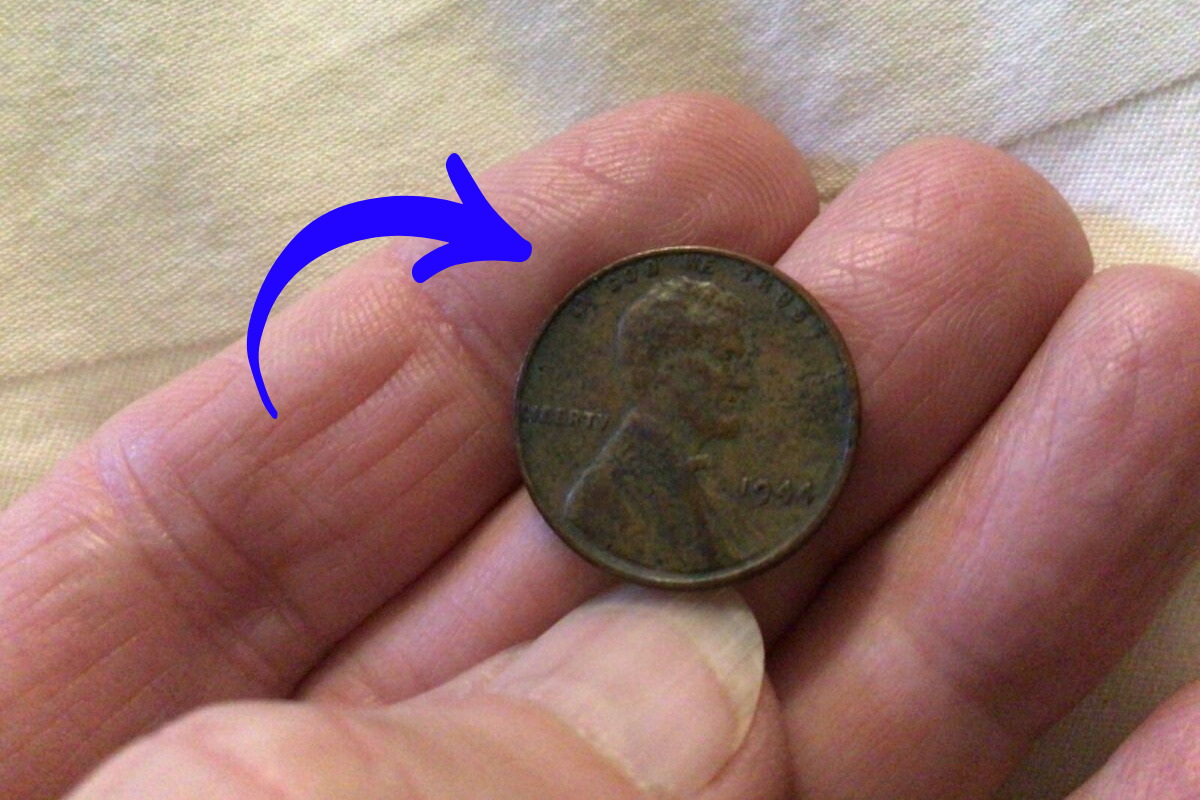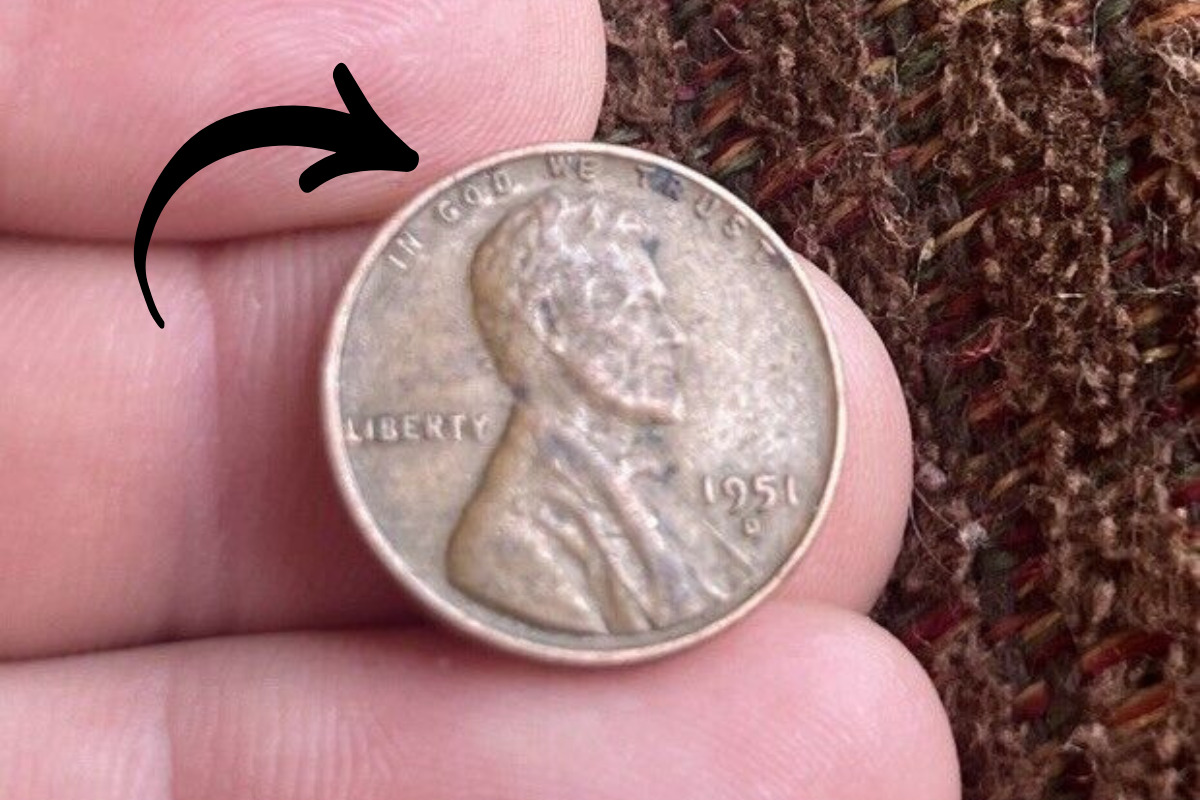If you’ve ever watched a pelican in action, chances are, you haven’t forgotten the sight. This peculiar-looking bird, often seen perched on docks or mingling with sandpipers and seagulls at the beach, stands out for several reasons. Its long bill, massive wingspan, and, most notably, its gular pouch make the pelican a truly unique creature.
What Makes Pelicans Unique?
The pelican’s most striking feature is its gular pouch—a stretchy bag of skin extending from the lower mandible of its bill to the bottom of its neck. This pouch serves a vital purpose:
- When a pelican swoops low over the water, it opens its bill wide to scoop up fish.
- As it lifts its head, the pouch drains out excess water while trapping the fish inside.
- The bird then effortlessly swallows the fish whole.
Watching this feeding technique in action is an unforgettable sight, showcasing nature’s perfect design for survival.
How Many Species of Pelican Are There?
Depending on which scientist you ask, there are either seven or eight species of pelican. Some experts consider the Peruvian pelican a subspecies of the brown pelican, which leads to the discrepancy.
Despite their similar body shapes and awkward appearance on land, pelicans vary in size, color, habitat, and behavior:
- Size: Pelicans can weigh anywhere from 6 pounds (2.72 kg) to 30 pounds (13.61 kg).
- Habitat: Found on every continent except Antarctica, they live near lakes, rivers, and coastlines.
- Nesting: While some species prefer nesting in trees, others build simple nests on the ground or among rocks.
Social Behavior and Feeding Techniques
Pelicans are highly social birds, often nesting in large colonies. Their feeding habits are particularly fascinating:
- The brown pelican is unique as the only species that feeds by plunge-diving, where it dives headfirst into the water to catch fish.
- Other species prefer a more cooperative approach by working together to herd schools of fish into shallow waters. Once the fish are cornered, they dive in simultaneously, making for an impressive display of teamwork.
Why Are Pelicans So Memorable?
Apart from their distinctive looks, pelicans leave a lasting impression because of their:
- Incredible wingspan, which allows them to glide effortlessly over the water.
- Efficient hunting strategy using their gular pouch.
- Social nature, often seen feeding and nesting in large groups.
Pelicans are more than just quirky, awkward birds you spot at the beach. With their unique adaptations and fascinating hunting techniques, they play a vital role in maintaining healthy aquatic ecosystems. Whether they’re diving headfirst into the water or working together to herd fish, pelicans are truly one of nature’s most impressive aviators.
FAQ’s
How many species of pelican are there?
There are either seven or eight pelican species, depending on whether the Peruvian pelican is considered a separate species or a subspecies of the brown pelican.
What is the function of a pelican’s gular pouch?
The gular pouch allows pelicans to scoop up fish from the water and drain excess water before swallowing their catch whole.
Which pelican species dive headfirst to catch fish?
The brown pelican is the only pelican species known for plunge-diving, a technique where the bird dives headfirst into the water to catch fish.
Where do pelicans live?
Pelicans are found on every continent except Antarctica. They typically live near lakes, rivers, and coastal areas where fish are abundant.
Are pelicans social birds?
Yes, pelicans are very social animals, often living, feeding, and nesting in large colonies.

















